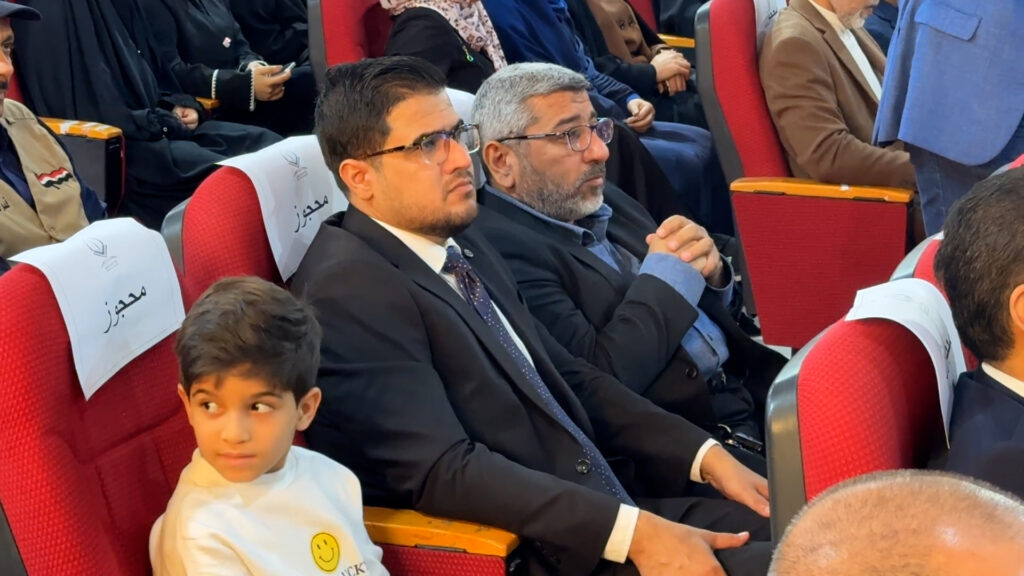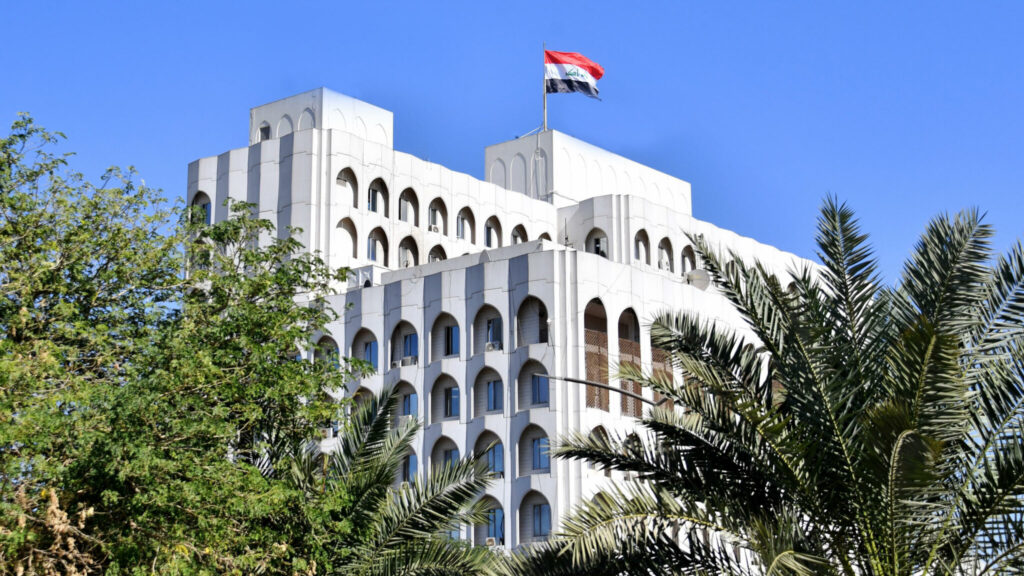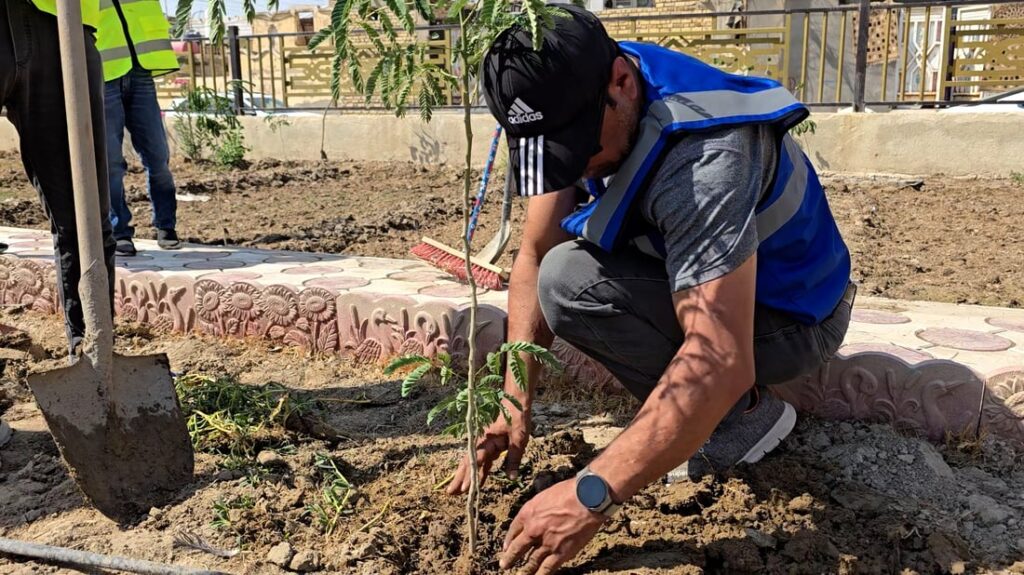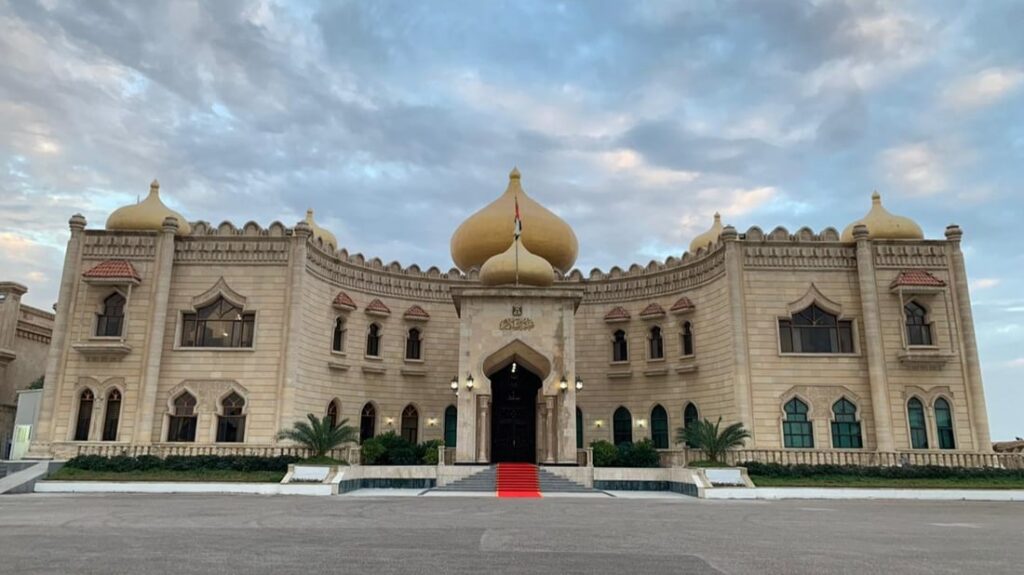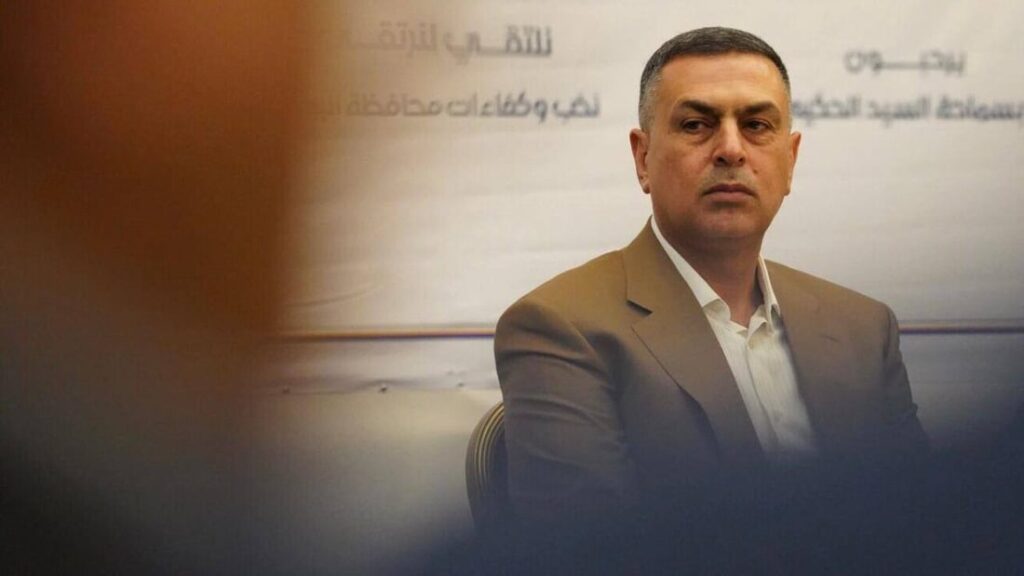World: Physical Rehabilitation Programme: 2018 Annual Report
INTRODUCTION
The International Committee of the Red Cross (ICRC) was involved in physical rehabilitation services before 1979, but that year we set up the Physical Rehabilitation Department, which marked the beginning of our serious commitment. As it is an aspect of our mandate, the ICRC supports the physical rehabilitation of victims of armed conflict and other situations of violence; we do this through physical rehabilitation programmes and the ICRC MoveAbility Foundation. The range of physical rehabilitation activities we provide throughout the world has expanded since 1979. Physical rehabilitation has moved well beyond emergency response; many people who need physical rehabilitation services will need them for the rest of their lives.
PHYSICAL REHABILITATION
Physical rehabilitation involves the provision of mobility devices (prostheses, orthoses, walking aids and wheelchairs) and appropriate physiotherapy, and other services as well. It is also a means of integrating physically disabled people into families and communities, schools and workplaces.
ICRC support plays an essential role in reaching the ultimate goal of rehabilitation, which is full integration into society, whatever the cause of a person’s disability. Restoring mobility is also the first step towards enjoying basic rights such as access to food, shelter, education, employment, equal opportunities and equal citizenship.
VISION
People with physical disabilities who are affected by armed conflict and other situations of violence have access to high-quality physical-rehabilitation services, leading to improved health and well-being and the ability to achieve their full potential in society.
MISSION
To support a multidisciplinary, person- and system-centred approach to physical rehabilitation, ensuring high-quality, equitably accessible, sustainable services and societal integration for people with physical disabilities.
GUIDING PRINCIPLES FOR THE PHYSICAL REHABILITATION PROGRAMME: THE FOUR PILLARS
The Physical Rehabilitation Programme pursues a twin-track approach, combining a person-centred approach with a system approach, providing assistance to both national systems and the users of its services. Its four pillars (access, quality, long-term sustainability and social integration) are interdependent and interrelated.
The ICRC takes measures to ensure that physical rehabilitation services are equally accessible to all who need them. These measures include identifying groups that may be particularly vulnerable and working to remove barriers – related to geography, religion, wealth, ethnicity, gender, age, etc. – to services.
The ICRC ensures the quality of its services by applying internationally accepted best practices. We promote a multidisciplinary approach to physical rehabilitation and other services, and make sure that staff are competent and that mobility-device technology remains appropriate and up to date. We also strive to assess as accurately as possible the full range of people’s needs, in close collaboration with those affected, and to build and retain professional competence through training; we do this so that we can provide the highest quality of care.
In order to promote the long-term sustainability of assisted projects, the ICRC – whenever possible – runs projects with local partners from the beginning of the assistance period and strives to build up these partners’ capacities (technical skills, people and service management, and funding mechanisms). Ensuring long-term sustainability also includes advocating for policies for physical rehabilitation and social protection, leadership and governance. The long-term approach not only takes into account the principle of residual responsibility towards one of the ICRC’s target populations but also reduces the risk of loss of investment in materials and human capital.
The full social inclusion of disabled people is one of our goals. To that end, we support and promote activities and programmes that enable their educational and professional growth. Initiatives include sporting activities, academic scholarships and homeschooling, microfinance programmes, and job creation.

